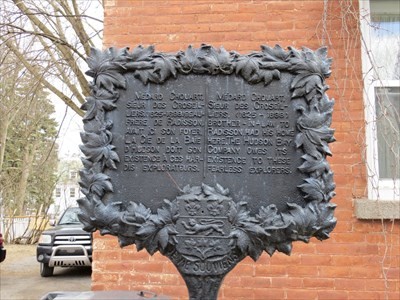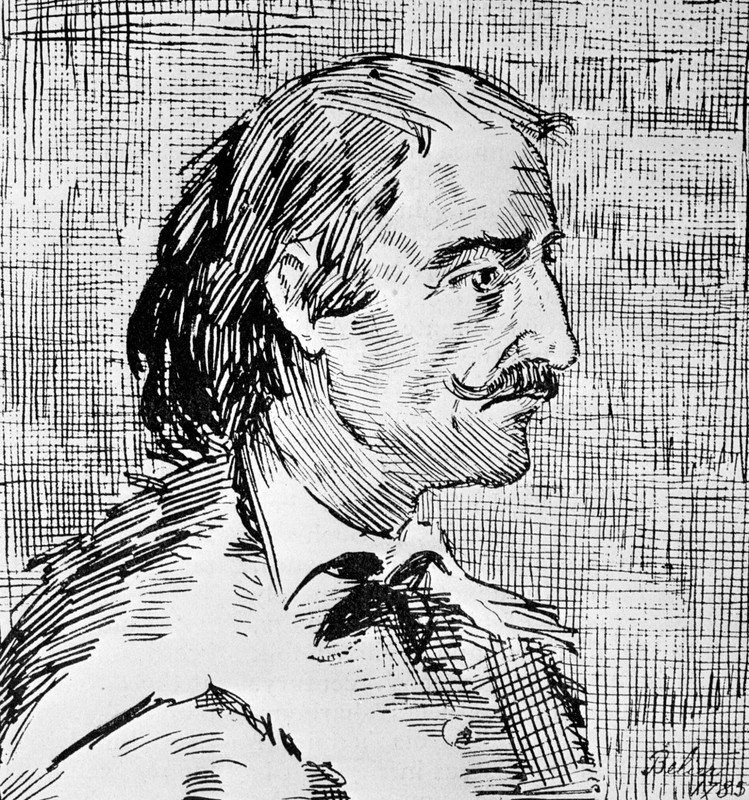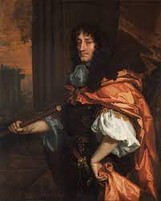Plaque de Médard Chouart, Sieur des Groseilliers
Introduction
Text-to-speech Audio
This plaque marks the former home of Médard Chouart Groseilliers, a mid-seventeenth-century explorer of New France. Initially a Jesuit, Groseilliers arrived in New France as a young man and quickly learned both the Algonquian and Huron languages. In 1654, inspired by a rapidly growing fur trade, Groseilliers led an expedition through Hudson Bay, and in 1659 he was accompanied by his brother-in-law Pierre-Esprit Radisson for a second expedition through the Great Lakes and deeper into the Hudson Bay in search of inland trapping territory. Groseilliers and Radisson became the first French colonists to lay eyes on the Mississippi River, and their journey led to the proliferation of fur trapping and trading throughout New France. Despite their success, however, the two did not receive permission from France’s Louis XIV to explore the Hudson Bay and were forced to search elsewhere for licensing. As a result, the two held court with King Charles II of England to discuss the economic opportunities available in New France, which led to the charter for the Hudson’s Bay Company in 1670. Still operating today, the HBC is North America’s longest continually operating company.
Images
Plaque de Médard Chouart, Sieur des Groseilliers

Groseilliers

Radisson

Nonsuch Replica
.jpg)
Prince Rupert

Rupert River

HBC’s York factory in operation from 1684-1957

Backstory and Context
Text-to-speech Audio
Médard Chouart was born in Charly-sur-Marne in the Champagne region of Northern France on July 31st, 1618. In his adulthood, he adopted the name Groseilliers (roughly translating to currants or gooseberries) after a family farm in Bassevelle. Groseilliers first arrived in New France at the age of twenty-three and began working as an interpreter in a Jesuit mission at Ste. Marie in the Huron region. After leaving his post with the Jesuits, Groseilliers married Hélène Martin and settled in Trois-Rivière, Québec. The couple had one son, Médard, before Martin’s death in 1651. In 1653, Groseilliers married Marguerite Hayet, half-sister of Pierre-Esprit Radisson. In all, the two had four children: Jean Baptiste, Marie-Anne, Marguérite, and Marie-Antoinette.
From 1648-1653 French colonists were entangled in the Iroquois Wars. After the French-allied Hurons were defeated in 1649, the French colonists were effectively cut off from fur trapping and trade in the interior of the continent. However, in 1654, peace was made between the French and the Iroquois. Given this opportunity, in August 1654, Groseilliers embarked on an expedition with a group of Hurons. They began their fateful journey on the Ottawa River (north of Lake Ontario), then followed the French River to Lake Ontario, and onward to Lake Erie, Lake Michigan, Lake Superior, and the Green Bay, in modern-day Wisconsin. Along the journey he met the Sioux, Potawatomi, Winnebago, and Fox peoples. He returned with 250 Native men bringing fifty canoes filled with furs in August 1656.
Hoping to recreate the success of his 1654 journey, Groseilliers and Radisson sailed westward in 1659 in search of still more fur-trapping territory. The two traveled, again, to Lake Superior, this time spending time on the south shore—notably, Lac Courte Oreilles (also in Wisconsin) and the northern shores of Lake Superior and the Pigeon River. They returned to Trois-Rivières in August 1660, similarly loaded down with treasures. Instead of a warm welcome, though, the two were condemned by the governor of New France for illegal trading and were fined for the majority of their profits.
Lacking support from French authorities, Groseilliers and Radisson traveled to the Massachusetts Bay colony in 1662 to seek financial support for further exploration of the Hudson Bay from the English. There they were told to travel to London, where Prince Rupert of the Rhine, Duke of Cumberland introduced the two to King Charles II in 1665. Enticed by Groseilliers and Radisson’s tales of riches in the Hudson Bay region, in 1668, Charles, backed by Prince Rupert, commissioned the Nonsuch to sail from London to what is now known as the Rupert River. The party on the Nonsuch, captained by Zachariah Gillam, spent the winter in James Bay trading beaver with the Cree.
In May 1670, after seeing the sum of furs returned from the Nonsuch, King Charles II granted a charter for the Hudson’s Bay Company. Established as a joint-stock company, the company developed a central bureaucracy. Each year, the HBC held a general court for shareholders to decide the inner workings and ventures of the company. The company operated out of Rupert’s Land, the territory that Groseilliers and Radisson had explored. The Cree and Assiniboine who brought furs to trading posts were essential to the function of the company. The tremendously successful company coined its own currency, a gold token known as a “Made Beaver,” the equivalent of one male beaver. Contributing to the success of the HBC was the 1713 Treaty of Utrecht, which ceded France’s claim of the Hudson Bay to England, granting the HBC a monopoly over the fur trade in Rupert’s Land. This monopoly ended in 1870 when Rupert’s Land was sold to Canada. The company is still in operation, and HBC products are available in Saks Fifth Avenue and in stores throughout Canada.
Sources
Ray, Arthur J.. "Hudson's Bay Company." The Canadian Encyclopedia. Historica Canada. Article published April 02, 2009; Last Edited June 10, 2022.
Heidenreich, C.E.. "Médard Chouart des Groseilliers." The Canadian Encyclopedia. Historica Canada. Article published January 07, 2008; Last Edited March 04, 2015.
Marsh, James H.. "Nonsuch." The Canadian Encyclopedia. Historica Canada. Article published February 07, 2006; Last Edited May 15, 2019.
Harris, Carolyn. "Prince Rupert of the Rhine." The Canadian Encyclopedia. Historica Canada. Article published January 15, 2022; Last Edited January 15, 2022.
Ragnow, Marguerite. "Expanding Trade through Exploration: The James Ford Bell Collection." Age of Exploration. 2018. Accessed September 20, 2022. http://www.exploration.amdigital.co.uk/Explore/EssaysInterviews/Essays/Ragnow
Nute, Grace Lee. Caesars of the Wilderness: Médard Chouart, Sieur Des Groseilliers and Pierre Esprit Radisson, 1618-1710. St. Paul, MI: Minnesota Historical Society Press, 1978.
“The Explorers: Médard Chouart Des Groseilliers 1654-1660.” Canadian Museum of History. Accessed October 13, 2022. https://www.historymuseum.ca/virtual-museum-of-new-france/the-explorers/medard-chouart-des-groseilliers-1654-1660/.
Campbell, Henry Colin. “Radisson and Groseilliers: Problems in Early Western History.” American Historical Review 1, no. 2 (1896): 226–37.
Waymarking
Alchetron
CBC
Wikipedia
Wikipedia
Zachary Tyler Newton
HBC Heritage
